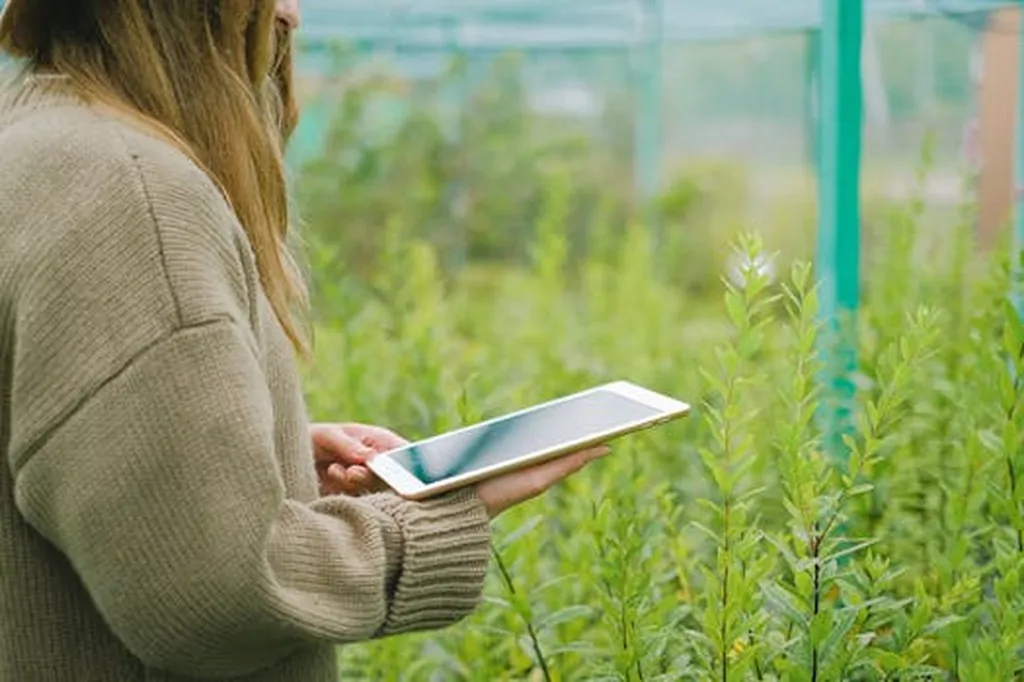In the rapidly evolving world of controlled-environment agriculture, a groundbreaking study published in *AgriEngineering* is poised to redefine how growers monitor and manage greenhouse microclimates. The research, led by Oreofeoluwa Akintan from the Department of Biosystems and Agricultural Engineering at Michigan State University, introduces a digital twin framework that leverages adaptive sensor selection to optimize microclimate monitoring in greenhouses.
Digital twins, virtual replicas of physical systems that evolve with real-time data, have emerged as a powerful tool in various industries. Akintan’s study explores their potential in agriculture by integrating adaptive microclimate monitoring within a Unity-based digital twin of a strawberry greenhouse. The framework uses data from 56 distributed temperature and relative humidity sensors, employing a Thompson Sampling algorithm to assign monthly importance rankings and identify season-specific subsets of sensors.
The study’s findings are promising. By evaluating the subsets against the entire sensor network using the Z-index—a measure of distributional consistency—the researchers found that the digital twin framework maintained the overall climate trend while reducing sensing redundancy. “The Z-index values remained close to zero across all observed months,” Akintan explains, “indicating that our framework effectively sustains the overall climate trend while minimizing unnecessary sensor usage.”
This innovation holds significant commercial implications for the agriculture sector. Greenhouses are complex systems where precise environmental control is crucial for crop yield and quality. Traditional sensor networks, while effective, can be costly and resource-intensive. Akintan’s digital twin framework offers a more efficient alternative, potentially reducing operational costs and improving resource allocation.
The study also opens up new avenues for future research and development. The integration of reinforcement learning algorithms, such as Thompson Sampling, demonstrates the potential for machine learning to enhance agricultural practices. As Akintan notes, “This framework could be adapted for other crops and greenhouse designs, paving the way for more sustainable and efficient agricultural practices.”
The research published in *AgriEngineering* by lead author Oreofeoluwa Akintan from the Department of Biosystems and Agricultural Engineering at Michigan State University, represents a significant step forward in the field of controlled-environment agriculture. By harnessing the power of digital twins and adaptive sensor selection, growers can look forward to more efficient, cost-effective, and sustainable greenhouse management strategies. As the agriculture sector continues to embrace technological advancements, this study serves as a testament to the transformative potential of digital twins in shaping the future of farming.

